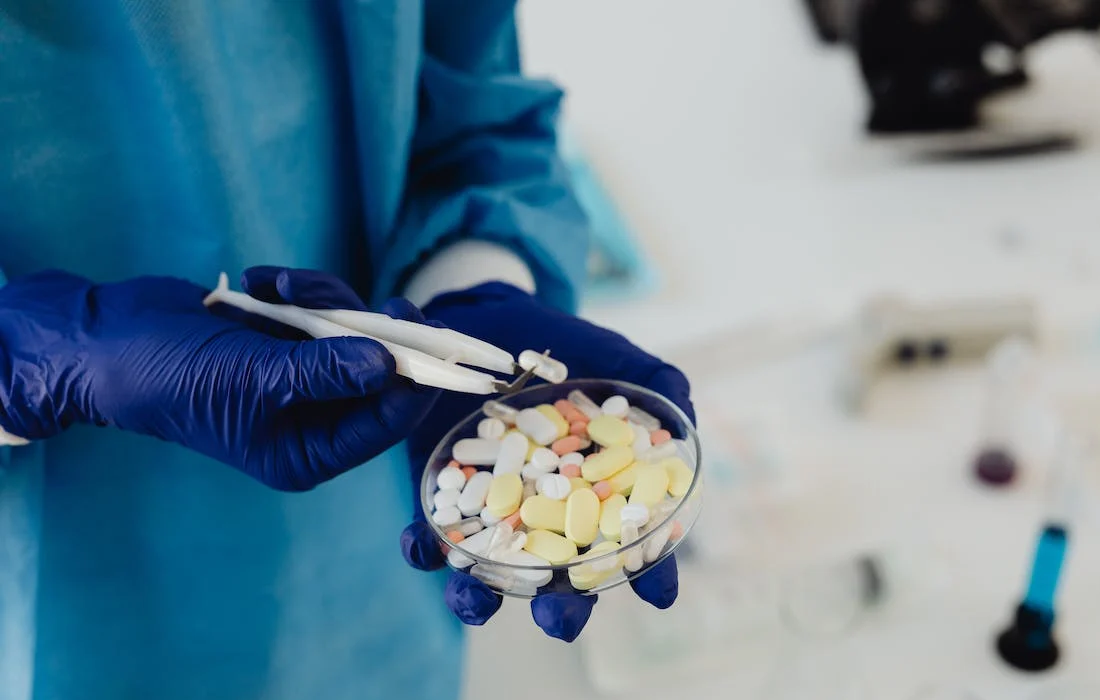Regenerative Medicine News and General Information
Scientists Uncover Important Information About the Proteins That Influence Alcohol Drinking Behavior
Ethanol interferes with the normal functioning of a long list of biological molecules, but how each of these interactions contributes to the behavioral effects of alcohol is not fully understood. A guiding, but elusive, goal of researchers is to identify the protein to which ethanol binds that makes some people vulnerable to excessive drinking.
Previous studies identified one such molecule, a protein widely expressed in the brain, called the BK channel.
Ethanol can directly interact with a component of BK channels, known as the α subunit, to facilitate their opening.
However, scientists found that this interaction may not drive behaviors related to alcohol abuse as much as previously thought.
Their study demonstrates that preventing ethanol from interacting with the BK α subunit does not reduce or increase the motivation to consume alcohol in mice.
“Knowing what a molecule does from in vitro experiments really doesn’t tell you much about what the behavioral consequences of that action might be,” says senior author Candice Contet, PhD.
However, Contet’s collaborator Alex Dopico, MD, PhD had identified a residue in the mouse BK α subunit that is required for ethanol to activate BK channels but is dispensable for normal BK channel activity, as shown in frog eggs.
In the new study, Contet and her colleagues leveraged this discovery to unlock the significance of ethanol’s interaction with BK channels for alcohol drinking in mice.
Accordingly, the team tested mice that had a mutation in this particular BK α subunit residue.
First, they found that the mutation prevented alcohol from altering the firing properties of neurons in the medial habenula, a brain region with high levels of BK channels, thereby demonstrating that it also confers resistance to ethanol in mouse brain cells, not just in frog eggs.
At the behavioral level, the mice harboring the mutation did not display any anomalies when compared to control littermates.
Notably, they exhibited the standard signs of intoxication upon alcohol injection, such as loss of balance and hypothermia, and they consumed the same amount of alcohol when tested under various conditions of moderate or excessive drinking.
“The lack of effect of the mutation was surprising, especially in light of our previous results showing that other BK channel subunits, β1 and β4, influence alcohol intake escalation in the same model of alcohol dependence,” says Contet.
“However, these negative results, which were replicated in multiple cohorts and both sexes, are just as important as positive ones, because they encourage the field to study other targets rather than focusing on the wrong culprit.”
“It is likely that ethanol’s interaction with BK channels contribute to some of these effects, but we’ve only explored the tip of the iceberg so far; the next challenge will be to find the right experimental readout.”
Sources:
Agbonlahor Okhuarobo, Max Kreifeldt, Pauravi J. Gandhi, Catherine Lopez, Briana Martinez, Kiera Fleck, Michal Bajo, Pushpita Bhattacharyya, Alex M. Dopico, Marisa Roberto, Amanda J. Roberts, Gregg E. Homanics, Candice Contet. Ethanol’s interaction with BK channel α subunit residue K361 does not mediate behavioral responses to alcohol in mice. Molecular Psychiatry, 2023; DOI: 10.1038/s41380-023-02346-y
Materials provided by Scripps Research Institute. Note: Content may be edited for style and length.
Scripps Research Institute. “Scientists give new insight into a molecular target of alcohol.” ScienceDaily. ScienceDaily, 8 January 2024. <www.sciencedaily.com/releases/2024/01/240108185644.htm>.
Images from:
Photo by Edward Eyer
https://www.pexels.com/photo/three-assorted-beverage-bottles-on-brown-wooden-table-667986/

